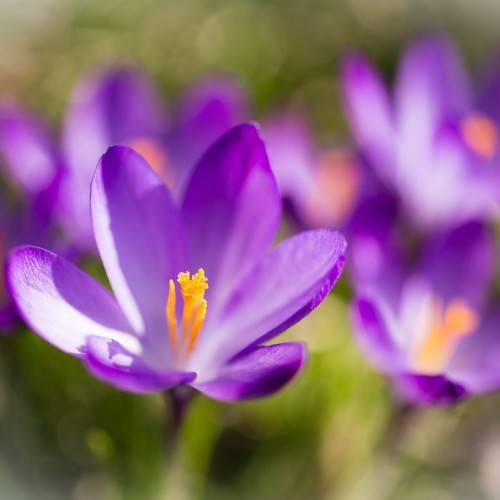
Dutch crocus
Crocus vernus (incl. hybrid cvs.)
Also Known As - crocusCycle:
Herbaceous Perennial
Watering:
Average
Hardiness Zone:
3
Flowers:
Flowers In Winter
Sun:
Full sun, Part sun/part shade
Soil:
Well-drained
Fruits:
Fruits In Spring Ready In Spring
Leaf:
Yes
Growth Rate:
Low
Maintenance:
Low
Drought Tolerant:
Yes
Salt Tolerant:
Yes
watering
The Dutch crocus is a hardy, low-maintenance plant and requires little water. Once planted, it does not need to be watered regularly. Water deeply once a month during the growing season (April-August). Watering should be done with a light stream for 5 minutes so that the entire root system can be fully hydrated. During the winter months, November-March, your Dutch crocus does not need to be watered at all.
sunlight
Dutch crocuses prefer to be grown in full sunlight, at least 6 hours per day, in well-drained soils. When grown in full sun, these crocuses can reach heights of 10 to 15 cm tall and flower in late winter and early spring. They are usually the earliest blooming examples of the crocus species. Dutch crocuses can also tolerate partial shade, but will have a reduced performance and may not bloom as prolifically as those grown in full sunlight.
pruning
Dutch crocus should be pruned in spring, after the crocuses have finished flowering. Prune off any flower stems that have already gone brown or withered, and also any foliage that is brown or yellow. Doing this will help reduce the spread of any diseases and encourage healthy growth in the future. It’s best to do this by hand, as a sharp pair of secateurs can easily tear or damage the thin flower stem and leaves. If some of the leaves are still green and healthy, try to leave these to encourage more blooms the next season.
